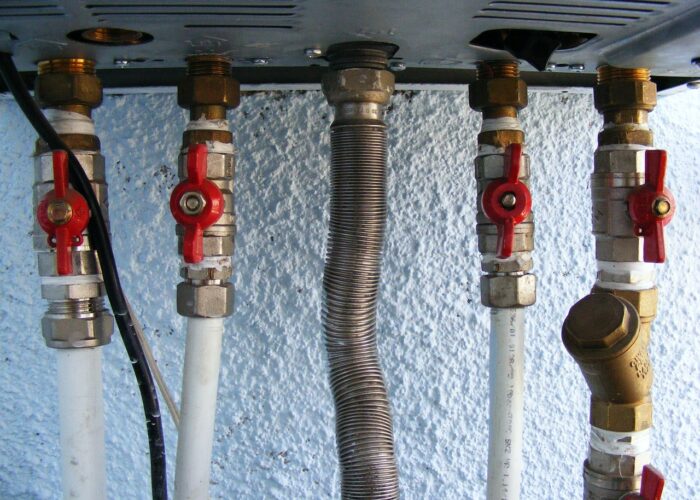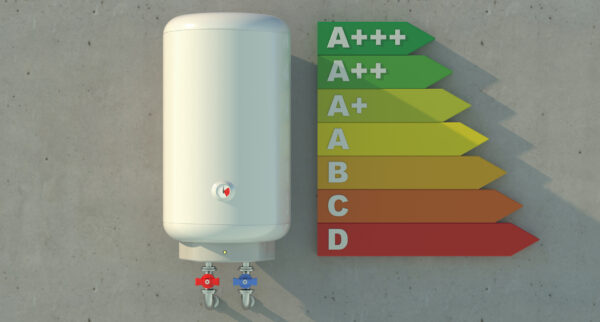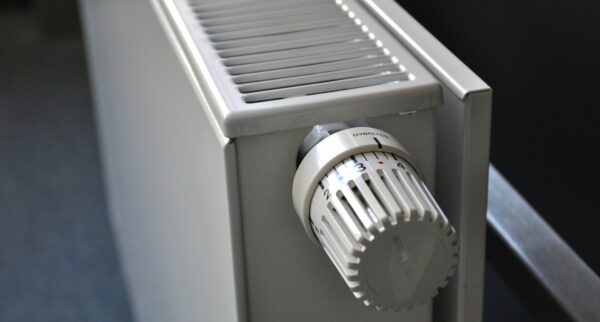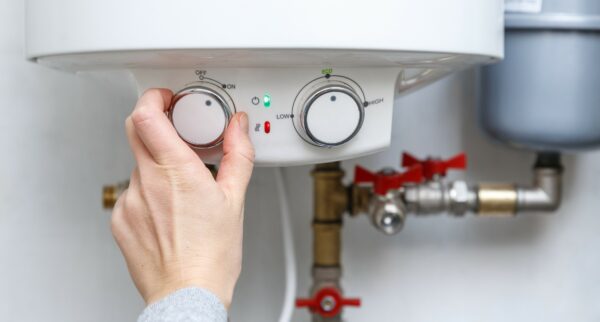Call us today 0207 32 32 999
Written By: JustBoilers.com Experts | Last Updated: April 2022
Why is it important to know how to drain a central heating system?
The majority of homes use a boiler to not only provide hot water but also to heat the property by circulating steam or hot water via pipes and radiators throughout the premises.
Good upkeep of your heating system is vital in both ensuring an efficient performance, and avoiding issues. Therefore, you will need to drain your heating system from time to time. The reason for doing so could range from removing sludge to repairing a leak or changing the radiator.
Knowing how to drain a boiler and radiators will keep your central heating system efficient and working at full capacity for your home.
The following article provides a step-by-step guide on how to drain a central heating system correctly. We’ll explain how to :
- Switch off the boiler
- Shut the water intake valve
- Locate the drain-off valve
- Drain the radiators
- Open the bleed valves
- Complete the drainage process
Table of Contents
ToggleHow to drain central heating system
Switch off the boiler
Before you do anything, we advise that you switch off your boiler as a safety measure. Doing so will allow the potentially scorching water to cool slightly, thus limiting the chances of any accidental injuries.
Shut off the water intake valve
By shutting off the water intake valve, you are making sure that no water enters the system while you’re hard at work draining the central heating system.
Locate the drain-off valve and attach a hosepipe or place a bucket under it
You will need to locate the drain-off valve for your central heating system. Once you’ve done so, attach a hosepipe to it. If you notice that your hose pipe has a loose fit around the drain-off valve, secure it using a jubilee clip. This will ensure it doesn’t slip off and spill dirty water all over your floor.
Ensure that your hose pipe is long enough to reach outside for drainage. Don’t be tempted to drain any excess water onto your lawn on fower beds, as some of the chemicals that will be dispensed aren’t plant-friendly.
If you don’t have a hosepipe, place a bucket under the drain-off valve. When it fills with water, shut off the valve temporarily, empty the bucket and repeat the process.
Drain the radiators
Check that all radiator valves throughout the property are open first. Then, return to the drain-off valve where you’ve attached the hosepipe or placed your bucket and open it. The water will begin to drain out of your central heating system.
Open the bleed valves to speed up the process
To drain the water out at a faster pace, open the bleed valves on your radiators. You will clearly hear the air being sucked into the system when you do this. Remember to place containers under the radiators to avoid water spillage.
Complete the drainage process
When there is no more water coming out of the hose pipe or filling your bucket, and you feel confident that all the liquid has been discharged from the system, you can proceed with closing the bleed valves back up again.
Once you’ve closed all the valves return to your drain-off valve with the hose pipe attached and close that one too. Be careful when you remove it, as there will likely be some water left in the hose.
That’s it! Now you have the skills you need to drain a central heating system.
Contact us for more help and advice on central heating problems
These tips will help you keep your central heating system operating at an efficient level which will save you repairs in the long run.
For more information on draining your central heating and why it’s important, take a look at our experts’ guide to how to drain a radiator safely.





